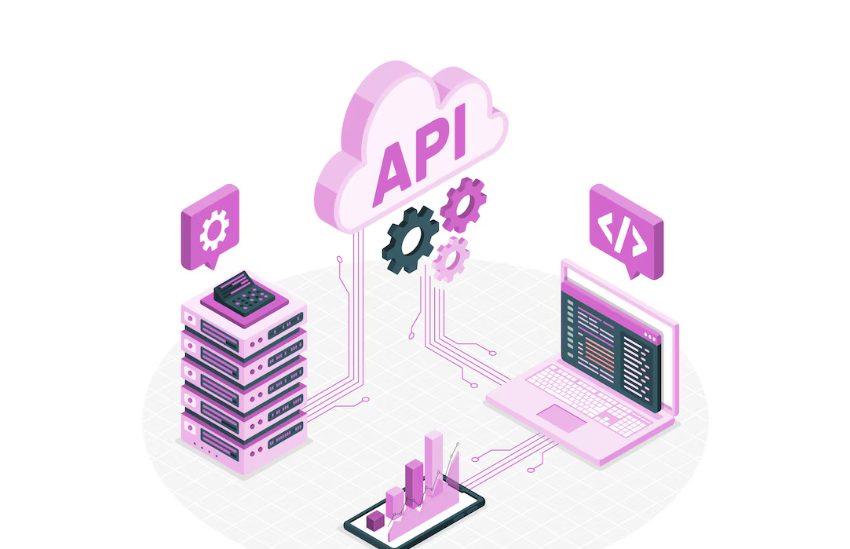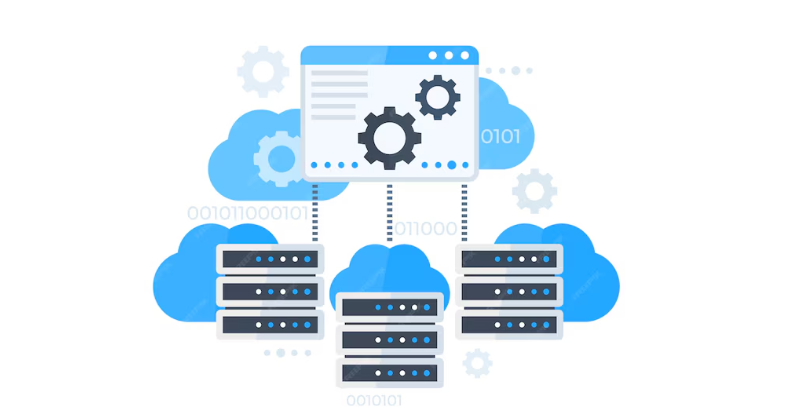In software engineering, a feasibility study is an investigation to determine whether a given project or system is feasible. One of the four crucial steps in the software project management process is the feasibility study. Have a look through the end to understand how do you perform a software feasibility analysis.
As the name implies, a feasibility study is an analysis of a software product that gauges how advantageous product development will be for the company from a practical standpoint.
To determine whether a software product will be appropriate in terms of development, implementation, project contribution to the company, etc., feasibility studies are conducted for a variety of reasons.
- The system either contributes to or covers the organization’s overarching goal.
- The system can be implemented with or without the use of modern technology.
- Is it possible to combine the system with other existing systems?
Why Feasibility Study Is Required?
The feasibility study is a crucial step in the software project management process because, once it is finished, it determines whether to move forward with the proposed project because it is practically feasible or to halt it. After all, it is not appropriate or feasible to develop reconsider, and analyze the project.
In addition, a feasibility study aids in determining the risk elements that are involved in the creation and implementation of systems, and preparing for risk analysis reduces the number of business options and increases the success rate by examining various metrics related to the planned project development.
Types of Feasibility Study
The five topics listed below are the primary focus of the feasibility study. The most crucial component of the feasibility analysis is the economic feasibility study, whereas the legal feasibility study is seen as less significant.
Technical Feasibility:
To construct a project, technical feasibility analyzes and evaluates the available hardware, software, and necessary technologies. The report from this technical feasibility analysis indicates whether the technology and resources needed for project development are available. In addition, the feasibility study examines the technical team’s skills and abilities, if the chosen technology is straightforward to maintain and upgrade, and whether the current technology can be employed.
Operational Feasibility:
Operational feasibility analyzes the degree of serviceability of a product, as well as how simple it will be to operate and maintain after deployment. Other operational scopes include assessing the product’s usability, deciding whether the software development team’s offered solution is appropriate, etc.
Economic Feasibility:
This type of analysis examines the project’s costs and benefits. In other words, a thorough analysis of the project’s development costs is conducted as part of this feasibility study. This analysis covers all necessary costs for the project’s ultimate development, such as the cost of design and development, hardware and software resources, and operations costs, among others. Following that, an analysis is conducted to determine whether the project will benefit the business financially or
Legal Feasibility:
A study project’s legality is examined from this perspective. Analyzing legal implementation obstacles for projects, data protection laws or social media regulations, project certificates, licenses, copyrights, etc., is part of this. All things considered, a legal feasibility study is an investigation to determine whether a proposed project complies with ethical and legal standards.
Schedule Feasibility:
In a schedule feasibility study, timeframes and deadlines are primarily examined for the proposed project. This includes the amount of time teams will need to finish the project, which has a significant effect on the organization since if the project is not finished on time, its goal may not be achieved.
Cultural and Political Feasibility:
In the How do you perform a software feasibility analysis answer cultural impact is very important. The impact of the software project on the political climate and organizational culture is evaluated in this area. This research considers any possible political barriers or internal project resistance, as well as the organization’s culture and how the proposed changes could be seen there. For projects to be completed successfully, political and cultural considerations are crucial.
Market Feasibility
Assessing the market’s capacity and desire to adopt the proposed software system is known as “market feasibility.” This analysis includes analyzing the target market, comprehending consumer preferences, and evaluating potential competitors. It helps determine whether there is a viable market for the product and whether the project is in accordance with market expectations.
Resource Feasibility:
This approach assesses if the resources required to effectively finish the software project are sufficient and easily accessible. This analysis takes into consideration human, technological, and financial resources. It ensures that there is enough money, skilled personnel, hardware, and software available to finish the project successfully.
What Is The Methods of Feasibility Studies?
How do you perform a software feasibility analysis? The steps listed below are completed throughout the feasibility study.
Information assessment: It determines the primary goals and objectives and evaluates the initial project concept.
Information gathering: It gathers the data and information needed to assess the project’s several elements.
Writing reports: It generates a comprehensive feasibility report that describes the findings and analysis.
General information: It provides an overview of the key topics covered in the feasibility study report.
In Conclusion
Determine the project’s viability by outlining the factors that lead to this conclusion and providing a synopsis of the document’s earlier subjects.
In essence, to increase the likelihood of success, software design needs to take into account the aforementioned elements. I appreciate your reading, and I hope you find this information about how do you perform a software feasibility analysis helpful.




